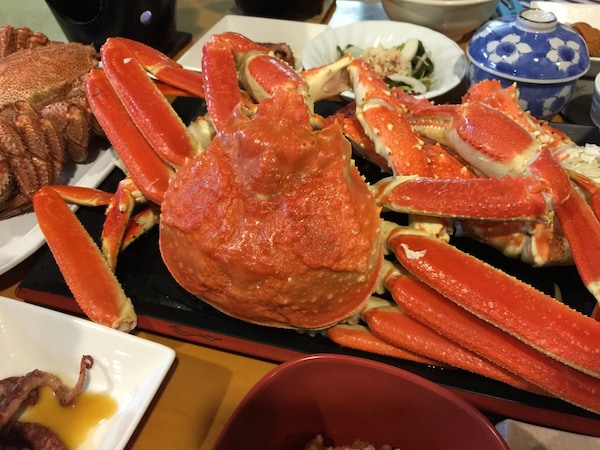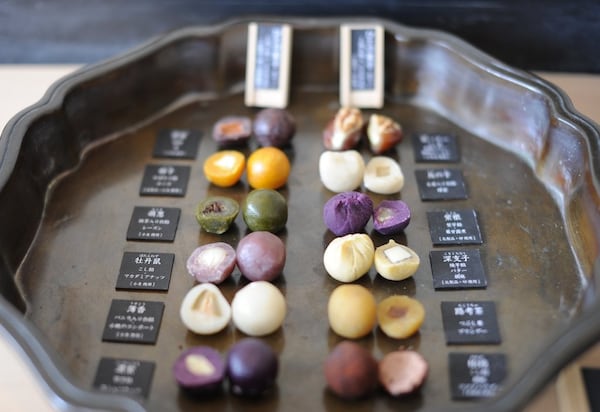Top 12 Eats in Kanazawa!
8. Hanton rice

https://www.flickr.com/photos/yurayura/216093607/in/photolist-k6x6R
Tasting as good as it looks, Hanton rice consists of seasoned, stir-fried rice topped with a fluffy, runny omelette and drizzled with a generous amount of tartar sauce and ketchup. Also described as a Western-style dish, this plate of vivid colours and fusion of flavours makes for a great hearty meal.
Guriruotsuka is a promising restaurant to try – with its kid-friendly compound suitable for a family outing or an after-work party, the establishment whips up one of the best Hanton rice in town. The eggs are cooked to perfection and when scooped into the steaming rice, it makes for a delicious mouthful of sauce-coated omelette rice heaven.
7. Snow Crab

https://www.flickr.com/photos/bryansjs/16533681030
If you find yourself in Kanazawa during the winter season, the Kano crab is an absolute must-try! Situated near the Sea of Japan, the city delivers the freshest seafood guaranteed to impress. With “crab season” typically starting at the beginning of November, it easily becomes one of the most delicious times of the year when street stalls and restaurants come to life, brimming with menus of the day’s catch.
The popular Kano crab is usually served either grilled or boiled. The dipping sainbaizu, a mixture of soy sauce, vinegar and sugar enhances the natural flavours of the crab, delighting you in the simple gastronomical pleasures.
The Omicho Market, being the city’s largest fresh food market, is your best bet when it comes to seafood hunting. Home to an estimated 200 shops and stalls, looking for a satisfying Kano crab dish has never been easier. The market itself is home to plenty of options, but the restaurants located upstairs are an alternative option for those feeling more generous. Arguably the most crowded in the morning, the shop has a delightful energy with the customers' cheerful chatter and polite demeanour.
6. Wagashi

https://www.flickr.com/photos/forever5yearsold/4060427922/in/photolist-7bNKKY-rN3dph-68PRK9-GRXkD1-91NY3y-hYDz2C-zJ2i-ns555t-FZy4tP-FZsu9U-GRXk93-n4sZjg-GuQxQQ-ns4CxN-nJnkp1-nJwcAQ-q7pDUV-nLkC1F-GRXm3Y-ns4Ay8-HJ8fhZ-BRnxcT-cqeKxA-4W79gd-oztho5-6kpp1m-e8iq
Wagashi are traditional Japanese confections typically made of mochi and filled with anko (azuki bean paste) and seasonal fruits. Known to be the perfect complement to tea, Kanazawa’s pre-occupation for tea consequently saw the birthing of an array of excellent confectionery types and a myriad of flavours. The different designs include shapes of flowers, rabbits, fish or leaves, and are a feast for the eyes alone. Sweet-lovers, it is definitely the time to rejoice!
Take things into your own hands by participating in a Japanese sweet making workshop offered at Kanko Bussankan. While you may not turn into an artisan overnight, the 30-minute workshop teaches you the craftsmanship of Wagashi making with just a triangular spatula, sifter and wrapping cloth. Add a personal touch to the confectionery and emerge a proud parent when your Wagashi is done.
Read full story: trip101.com



